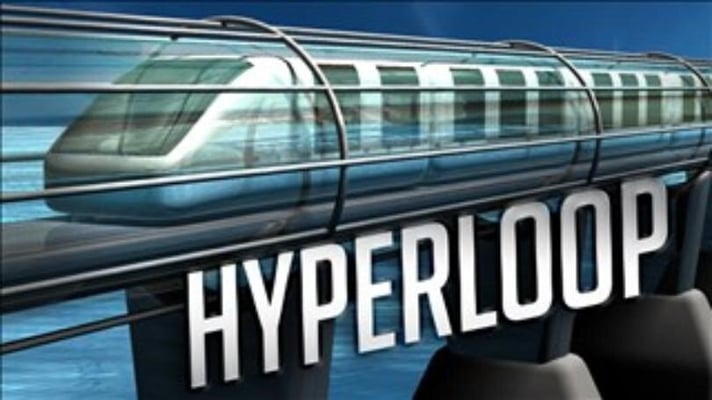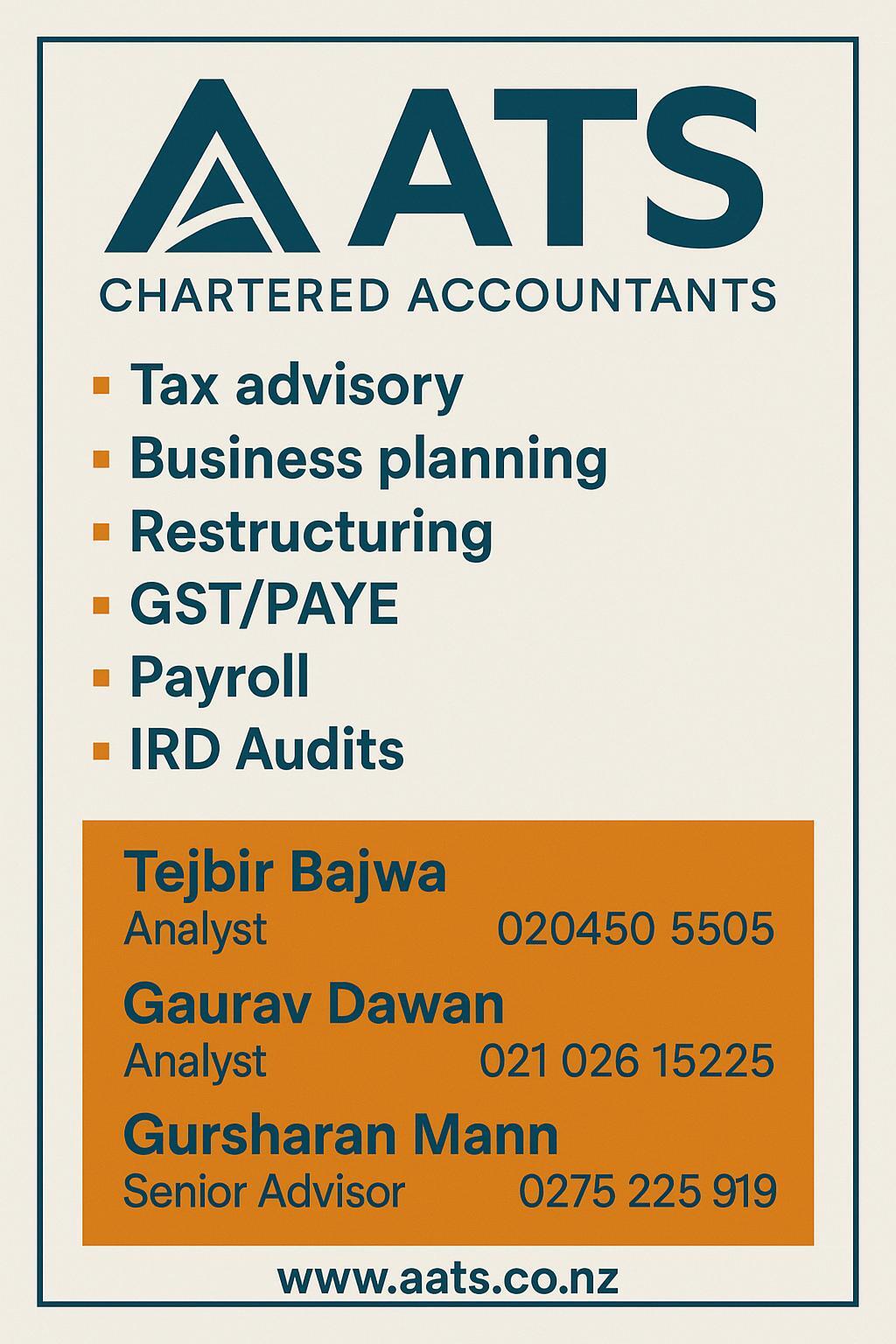Are you ready to go Hyperloop?

You have travelled on roads, bridges, tunnels. You have travelled in trains, boats cars, airplanes (and maybe a space shuttle). How about travelling in a capsule gliding inside a tube? Sounds like straight out a sci-fi book or movie? Actually, this might quite soon be a reality.
The brainchild of billionaire visionary Elon Musk, the concept of Hyperloop was developed in 2012 when he was looking for a fifth mode of transport to avoid traffic jams on the road.
In essence, it is a high-speed transport system that consists of a steel tube raised about six meters above the ground. Inside the tube would be aluminium pods or small capsules that can hold up to 28 passengers. The pods would have no wheels to avoid friction. So a feasible solution for the propulsion was found to have a near-vacuum chamber (low-pressure tubes) with a small amount of air. Think of the air hockey table where the puck is levitating slightly above the surface. In the case of a hyperloop pod, the air will come out from the pod, creating a cushion of air rather than the surface as in the case of the air hockey table.
Theoretically, hyperloop pods can travel at 760 mph or 1,220 km/h, which is just under the speed of sound. Mr Musk also suggested that the tubes would either be electrically-propelled or solar-powered and can generate more energy than it consumes, thus acting as a power generator as well. The entire project cost was estimated to be around $6 billion, which might be considerably less than the cost of building a high-speed rail network for the same distance.
After announcing the concept in 2012, Mr Musk published a white paper in 2013 on the hypothetical levitating train in a vacuum tube. He initially thought of patenting the idea but later invited feedback and suggestions for improving the design and said that it would be an open source project. Mr Musk is not involved in the project either commercially or in any official capacity.
Various other initiatives and organisations started working on the project and have since then launched several commercial projects. Some of these are:
Hyperloop One: It was one of the first companies that started working on the commercial Hyperloop system. The company launched in 2014 and has since then conducted a live trial and has also conducted several feasibility studies to connect various cities in Europe and in Dubai.
Hyperloop Transportation Technologies (HTT): HTT is an organisation with no employees. But there are more than 500 engineers working on the project around the US on a part-time basis. HTT has said that it is at least 10 years away from commercially deploying the Hyperloop technology. They have also been conducting feasibility studies in the Middle East. Recently, Bibop G. Gresta, founder and chairman of HTT, was in India where he spoke about the technology and how he was talking to various governments around the world about the potential of the technology. He also hinted that soon there could be an important announcement about Hyperloop in India.
TransPod: It is a Toronto-based startup that designed a prototype of a commercially viable pod. They are conducting various tests to improve the technology, safety, and speed.
It is too early to know if a commercial Hyperloop transport is viable and safe or not. But it looks like Mr Musk’s vision combined with the enthusiasm of thousands of engineers around the world could definitely accelerate the Hyperloop technology and accelerate the speed in which we travel in the future.
You have travelled on roads, bridges, tunnels. You have travelled in trains, boats cars, airplanes (and maybe a space shuttle). How about travelling in a capsule gliding inside a tube? Sounds like straight out a sci-fi book or movie? Actually, this might quite soon be a reality.
The brainchild of...
You have travelled on roads, bridges, tunnels. You have travelled in trains, boats cars, airplanes (and maybe a space shuttle). How about travelling in a capsule gliding inside a tube? Sounds like straight out a sci-fi book or movie? Actually, this might quite soon be a reality.
The brainchild of billionaire visionary Elon Musk, the concept of Hyperloop was developed in 2012 when he was looking for a fifth mode of transport to avoid traffic jams on the road.
In essence, it is a high-speed transport system that consists of a steel tube raised about six meters above the ground. Inside the tube would be aluminium pods or small capsules that can hold up to 28 passengers. The pods would have no wheels to avoid friction. So a feasible solution for the propulsion was found to have a near-vacuum chamber (low-pressure tubes) with a small amount of air. Think of the air hockey table where the puck is levitating slightly above the surface. In the case of a hyperloop pod, the air will come out from the pod, creating a cushion of air rather than the surface as in the case of the air hockey table.
Theoretically, hyperloop pods can travel at 760 mph or 1,220 km/h, which is just under the speed of sound. Mr Musk also suggested that the tubes would either be electrically-propelled or solar-powered and can generate more energy than it consumes, thus acting as a power generator as well. The entire project cost was estimated to be around $6 billion, which might be considerably less than the cost of building a high-speed rail network for the same distance.
After announcing the concept in 2012, Mr Musk published a white paper in 2013 on the hypothetical levitating train in a vacuum tube. He initially thought of patenting the idea but later invited feedback and suggestions for improving the design and said that it would be an open source project. Mr Musk is not involved in the project either commercially or in any official capacity.
Various other initiatives and organisations started working on the project and have since then launched several commercial projects. Some of these are:
Hyperloop One: It was one of the first companies that started working on the commercial Hyperloop system. The company launched in 2014 and has since then conducted a live trial and has also conducted several feasibility studies to connect various cities in Europe and in Dubai.
Hyperloop Transportation Technologies (HTT): HTT is an organisation with no employees. But there are more than 500 engineers working on the project around the US on a part-time basis. HTT has said that it is at least 10 years away from commercially deploying the Hyperloop technology. They have also been conducting feasibility studies in the Middle East. Recently, Bibop G. Gresta, founder and chairman of HTT, was in India where he spoke about the technology and how he was talking to various governments around the world about the potential of the technology. He also hinted that soon there could be an important announcement about Hyperloop in India.
TransPod: It is a Toronto-based startup that designed a prototype of a commercially viable pod. They are conducting various tests to improve the technology, safety, and speed.
It is too early to know if a commercial Hyperloop transport is viable and safe or not. But it looks like Mr Musk’s vision combined with the enthusiasm of thousands of engineers around the world could definitely accelerate the Hyperloop technology and accelerate the speed in which we travel in the future.








Leave a Comment